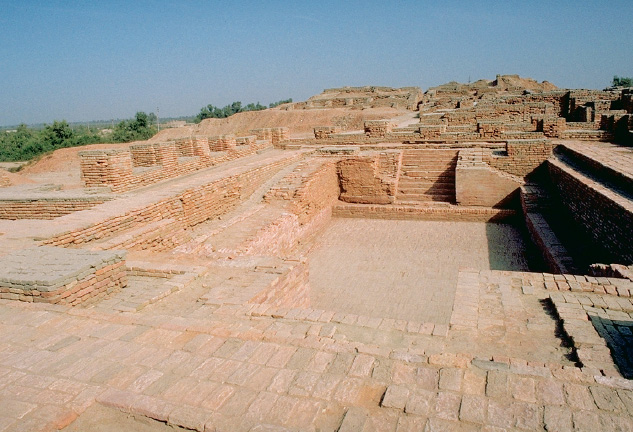The Revolution of Farming and Herding
In 2012, almost all of the world’s 7 billion people lived from the food grown on farms and gardens and from domesticated animals raised for their meat, milk, or eggs. But before 11,000 years ago, no one survived in this fashion. Then, repeatedly and fairly rapidly, at least in world history terms, human communities in parts of the Middle East, Asia, Africa, and the Americas began the laborious process of domesticating animals and selecting seeds to be planted. This momentous accomplishment represents another “first” in the human story. After countless millennia of relying on the gathering of wild foods and the hunting of wild animals, why and how did human societies begin to practice farming and animal husbandry? What changes to human life did this new technology bring with it?

This food-producing revolution, also considered in Chapter 1, surely marks the single most significant and enduring transformation of the human condition. The entire period from the beginning of agriculture to the Industrial Revolution around 1750 might be considered a single phase of the human story—the age of agriculture—calculated now on a timescale of millennia or centuries rather than the more extended periods of earlier eras. Although the age of agriculture was far shorter than the immense Paleolithic era that preceded it, farming and raising animals allowed for a substantial increase in human numbers.
In the various beginnings of food production lay the foundations for some of the most enduring divisions within the larger human community. Much depended on the luck of the draw—on the climate and soils, on the various wild plants and animals that were available for domestication. Many agricultural peoples lived in small settled villages, independent of larger political structures, while drawing their food supply from their own gardens and farms. Some depended on root crops, such as potatoes in the Andes; others relied on tree crops, such as the banana; in the most favored areas, highly nutritious wild grains such as rice, wheat, or corn could be domesticated. In more arid regions where farming was difficult, some peoples, known as pastoralists, came to depend heavily on their herds of domesticated animals. Because they moved frequently and in regular patterns to search for pasturelands, they are often referred to as nomads. With regard to animal husbandry, the Americas were at a distinct disadvantage, for there were few large animals that could be tamed—no goats, sheep, pigs, horses, camels, or cattle. In the Afro-Eurasian world, conflicts between settled agricultural peoples and more mobile pastoral peoples represented an enduring pattern of interaction across the region.